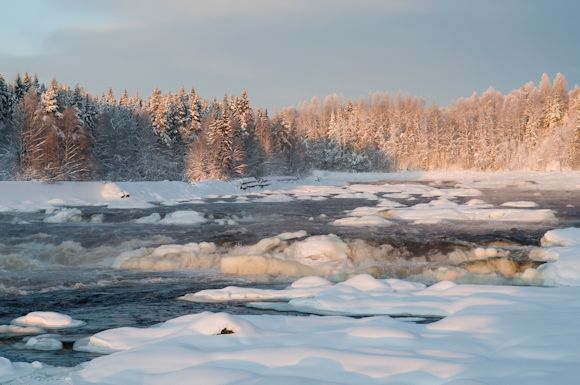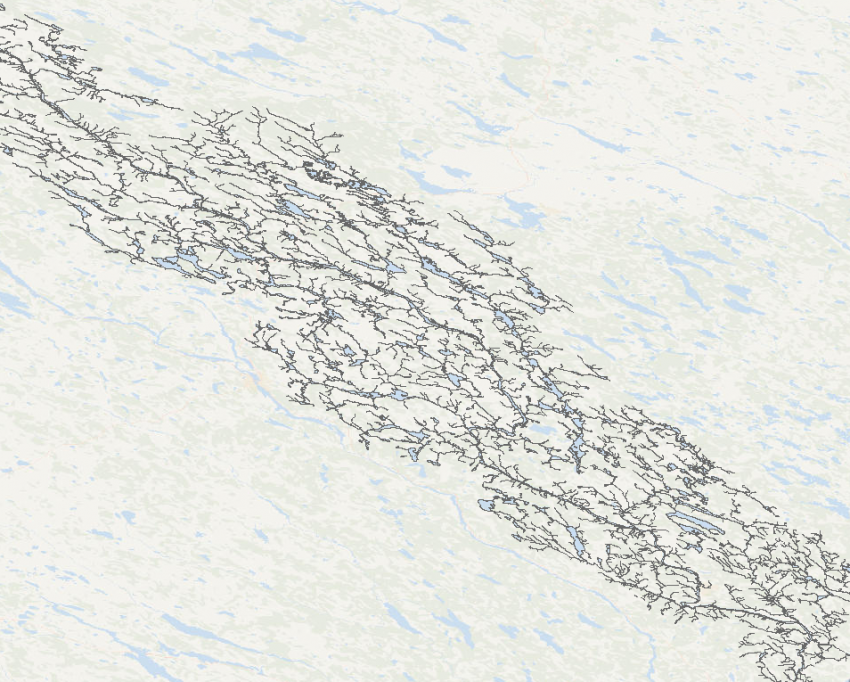Protected Planet in May: of wetlands and vertices
Protected Planet is home to the World Database on Protected Areas, the most comprehensive database on terrestrial and marine protected areas. The database is updated on a monthly basis from more than 500 different data providers in over 240 countries and territories. Since January 2016, the website has been visited by almost 300,000 people. The WDPA was downloaded 3,501 times in April 2017 alone.

Vindelälven in Sweden is a Ramsar Site
Photo: Andreas Garpebring
The May release of the WDPA contains 233,882 records, 92.05% of which are polygon records and 7.95% of point records that are protecting an area of 20 million km2 on land and 19 million km2 in the marine environment. The release includes updates from partial and complete updates from six national datasets. Additionally, it also includes a comprehensive update of the Natura 2000 sites in 28 European countries. Natura 2000 is a European network of protected sites under the European Habitats Directive and Birds Directive. Established in 1992, it aims to protect the most valuable and threatened European habitats and species.

The delineation of wetlands remains a big challenge in many countries due to their extent and unique morphology. However, having a high quality boundary of these sites is an essential requirement to better manage them and to be able to track changes in their extent over time. Vindelälven is a great example of a high quality wetland boundary.
The WDPA manual has been prepared for WDPA data providers and users of the WPDA. It provides information and guidance about the data held in the WDPA, including its history how it is collected, managed and distributed as well as how it should be interpreted and used in analyses and research. The manual is available in English, French and Spanish and will be available in Russian over the summer 2017.
The May version of the WDPA can be downloaded from the Protected Planet website and details of this month’s release can be found here. The different editions of the Protected Planet reports as well as other technical and training resources can also be downloaded from the website.



